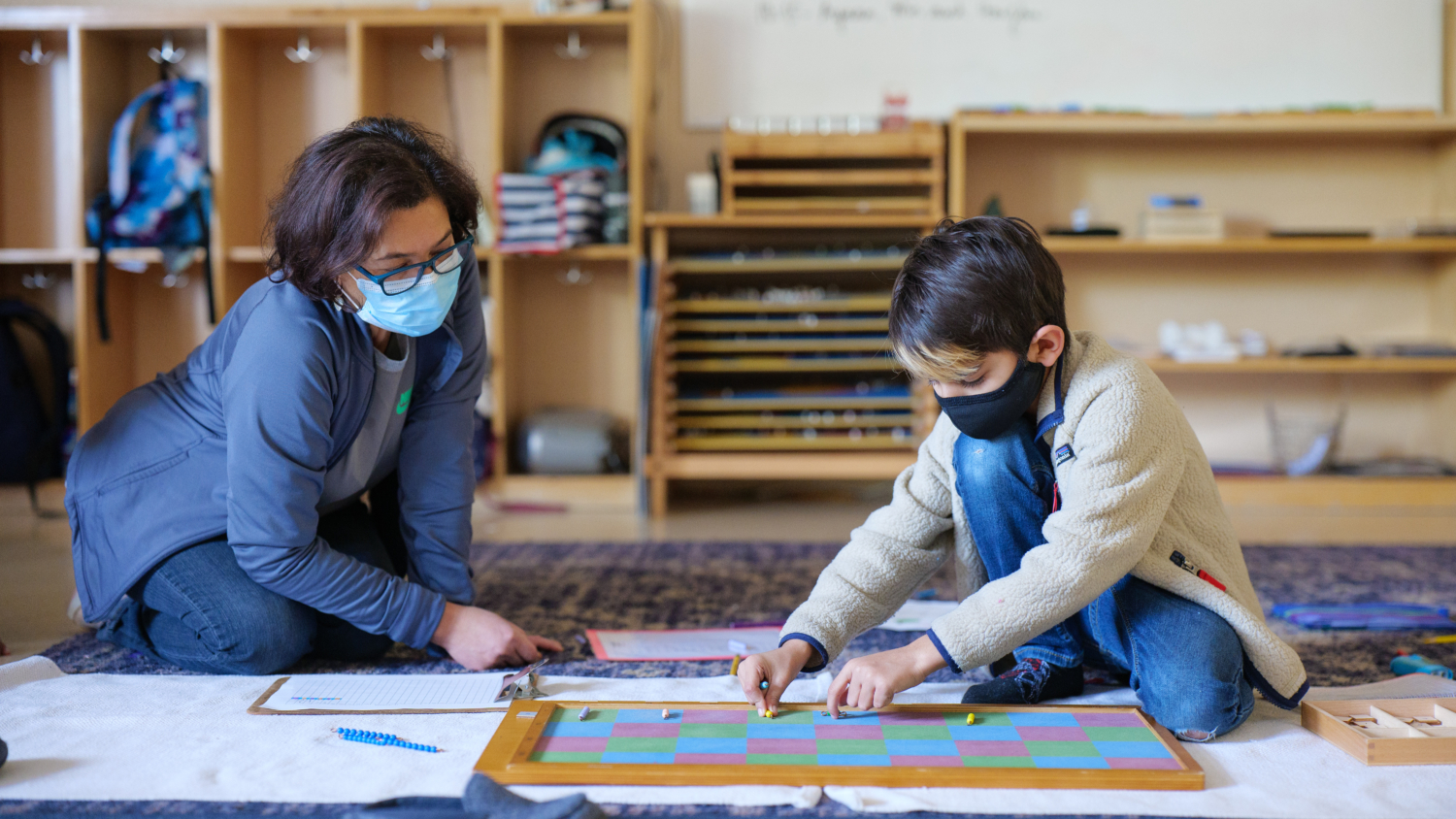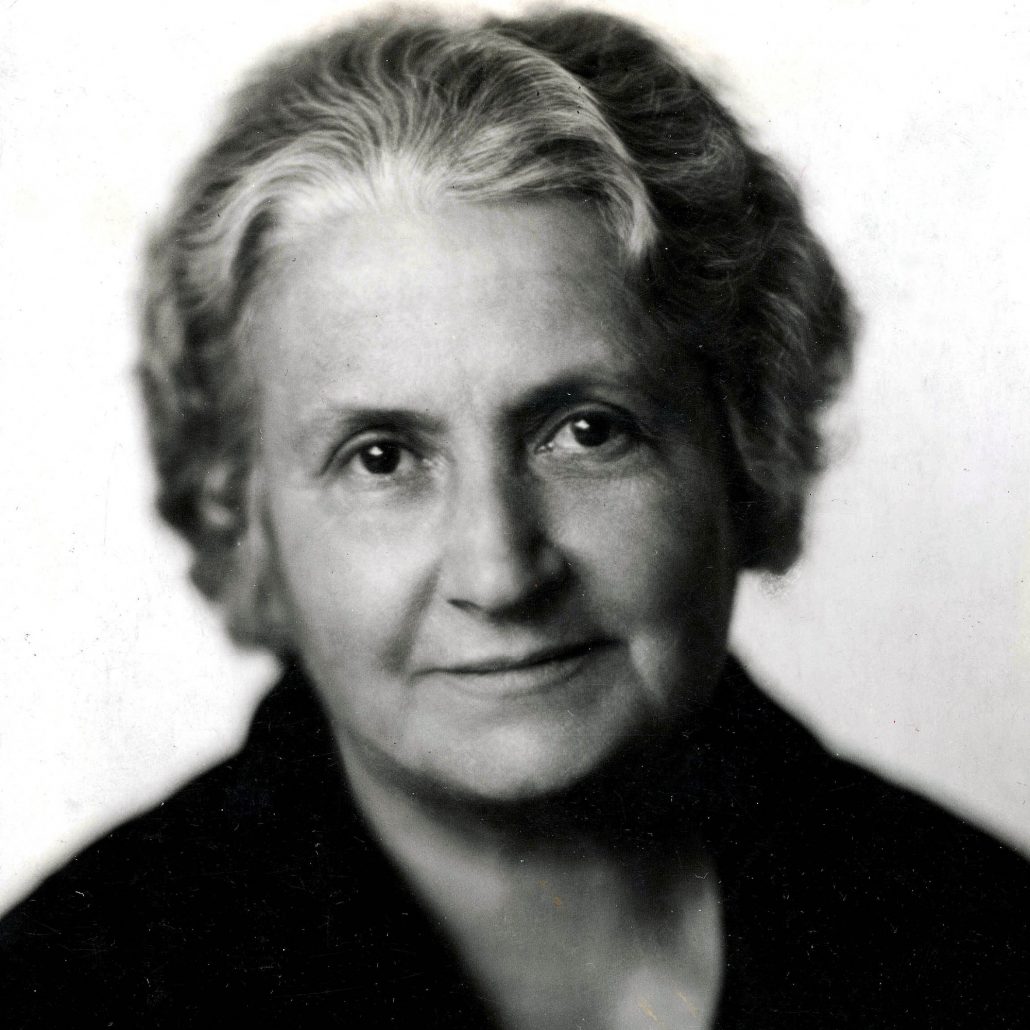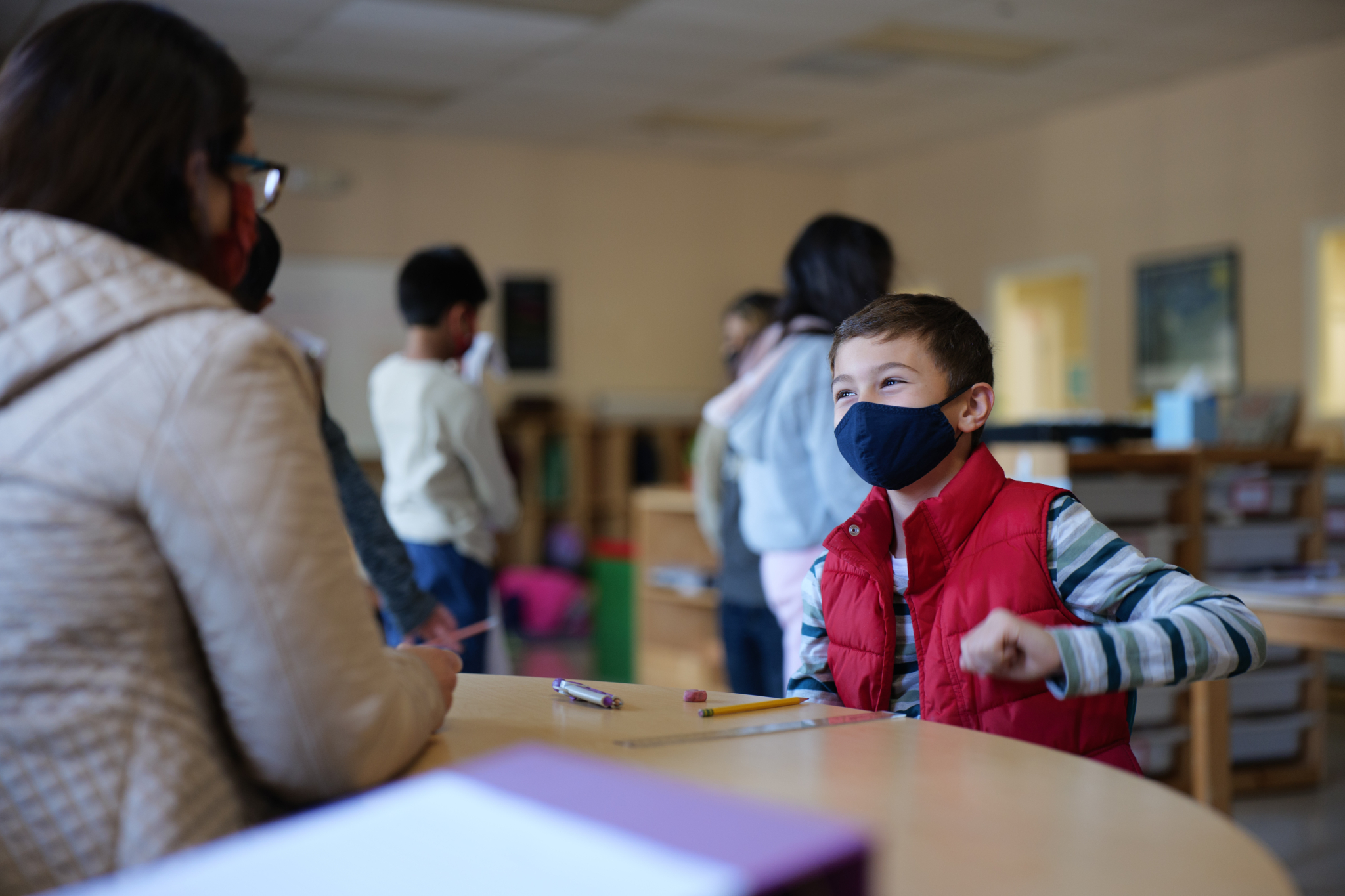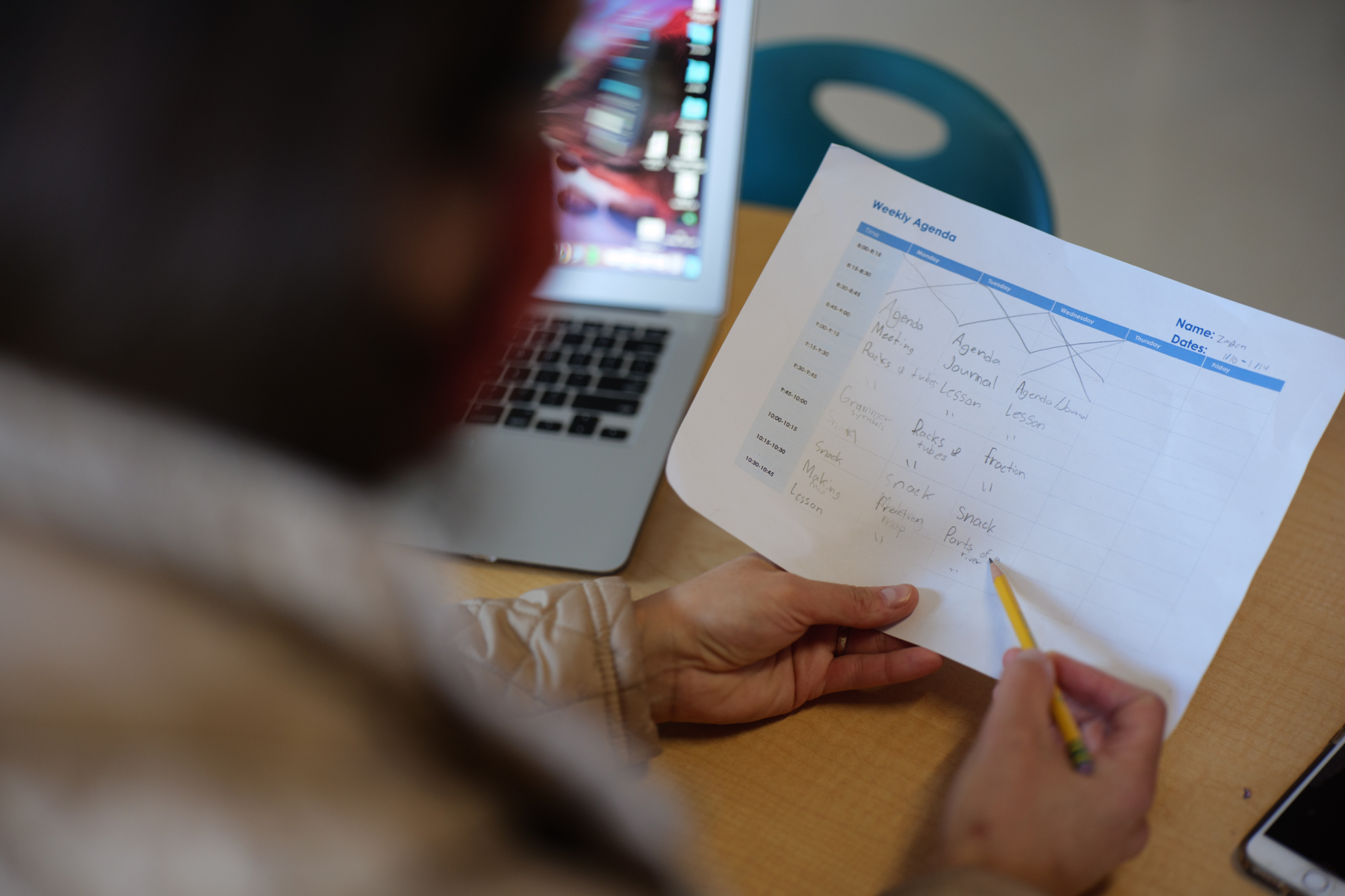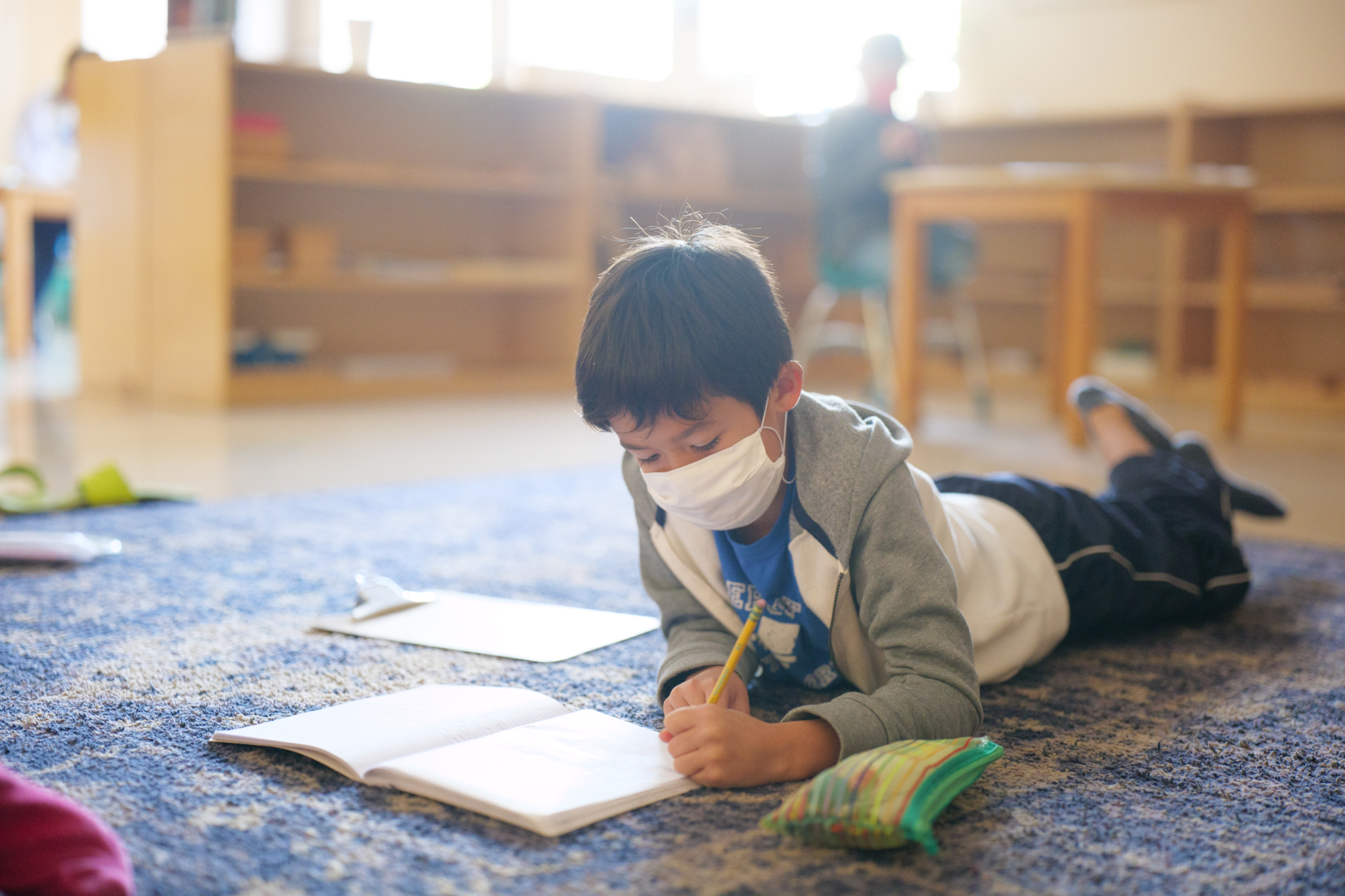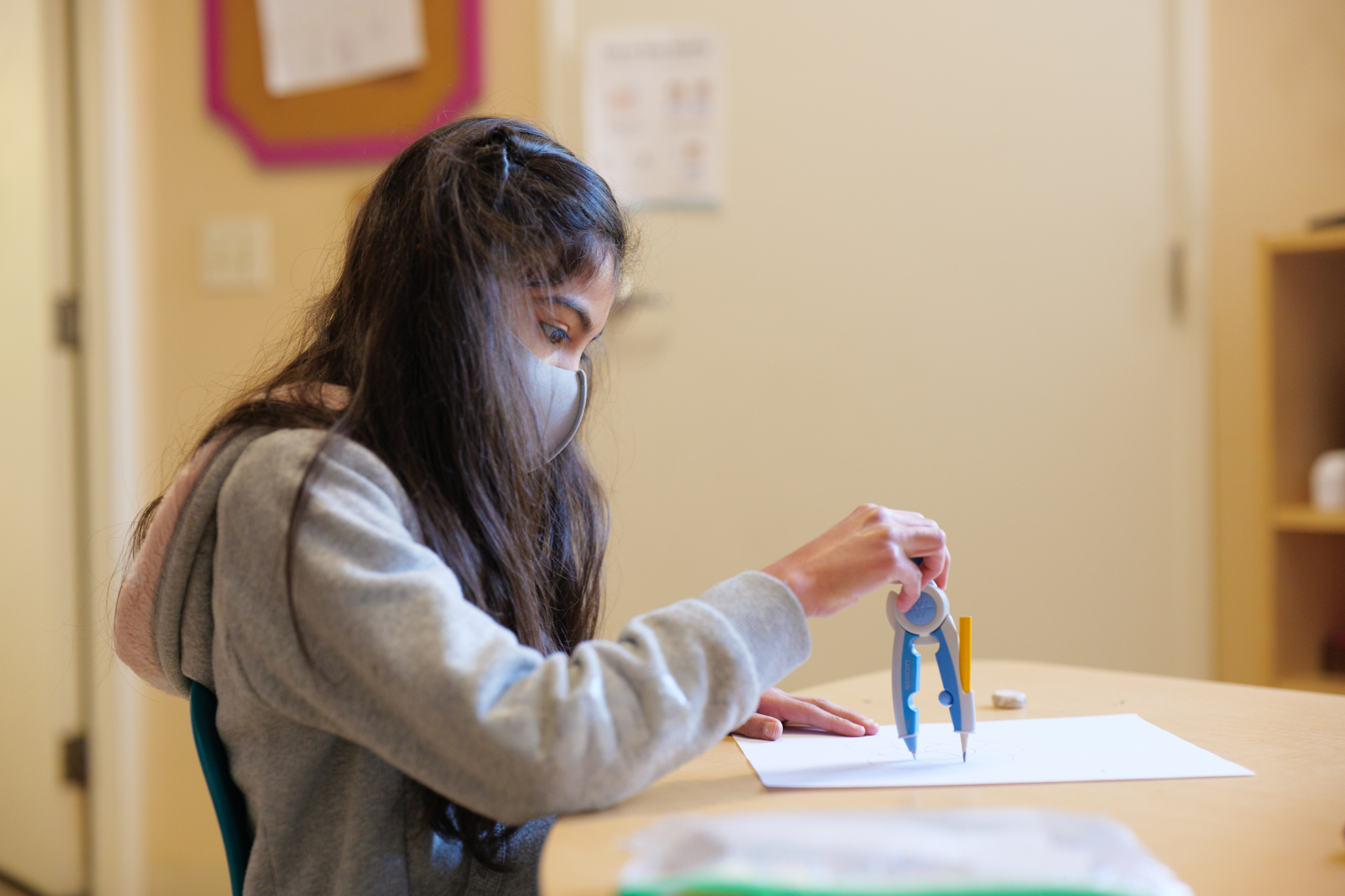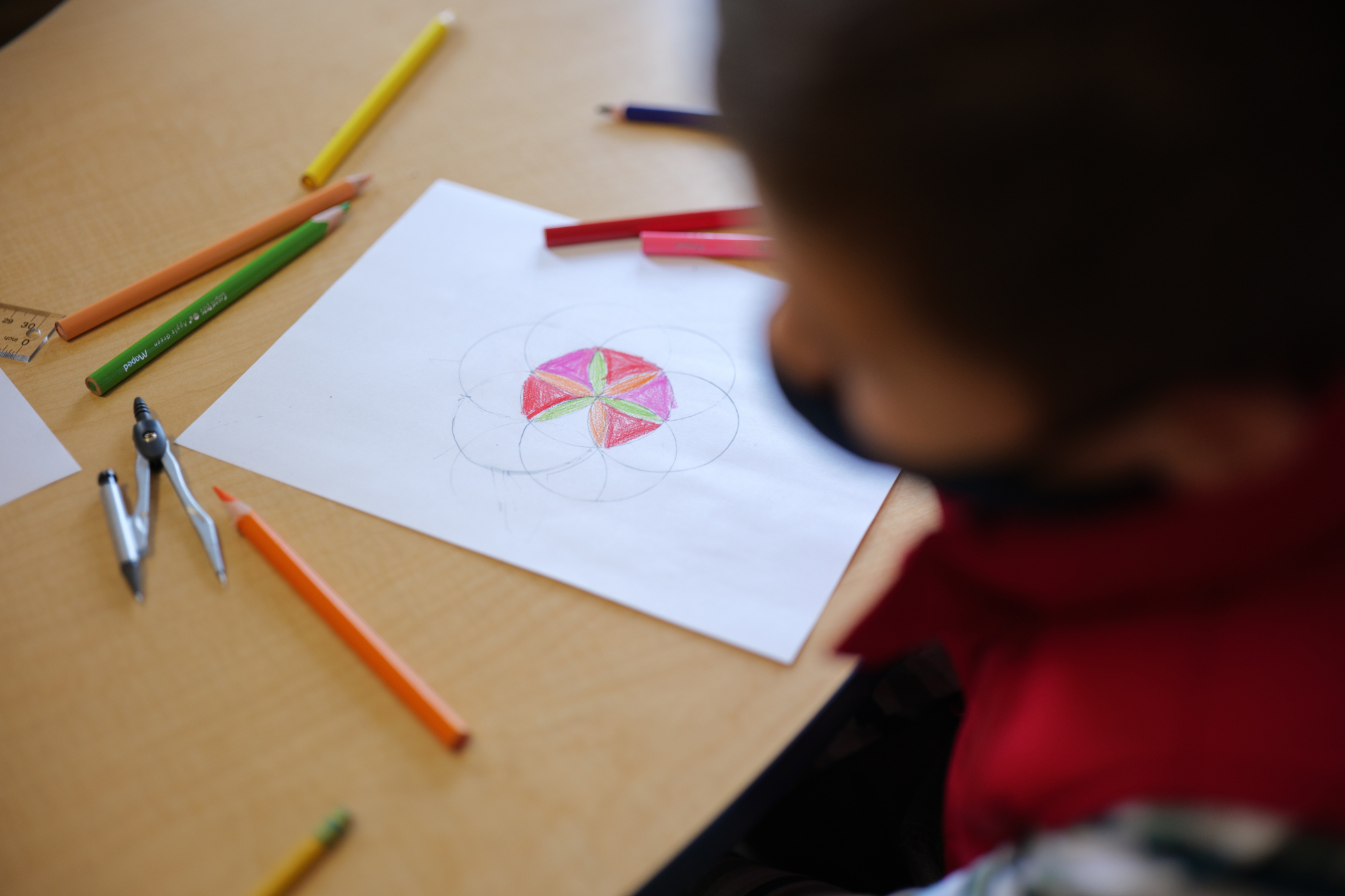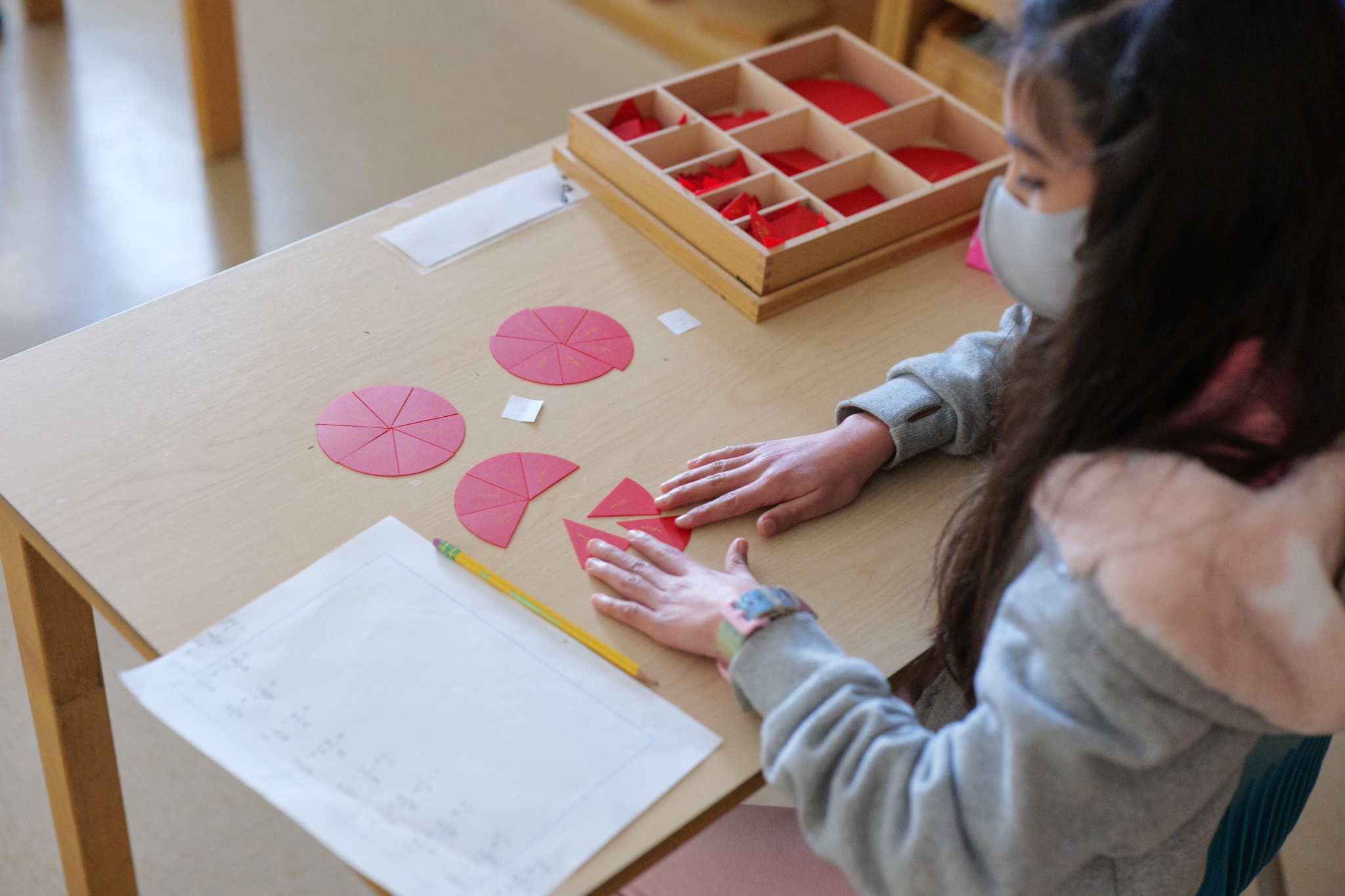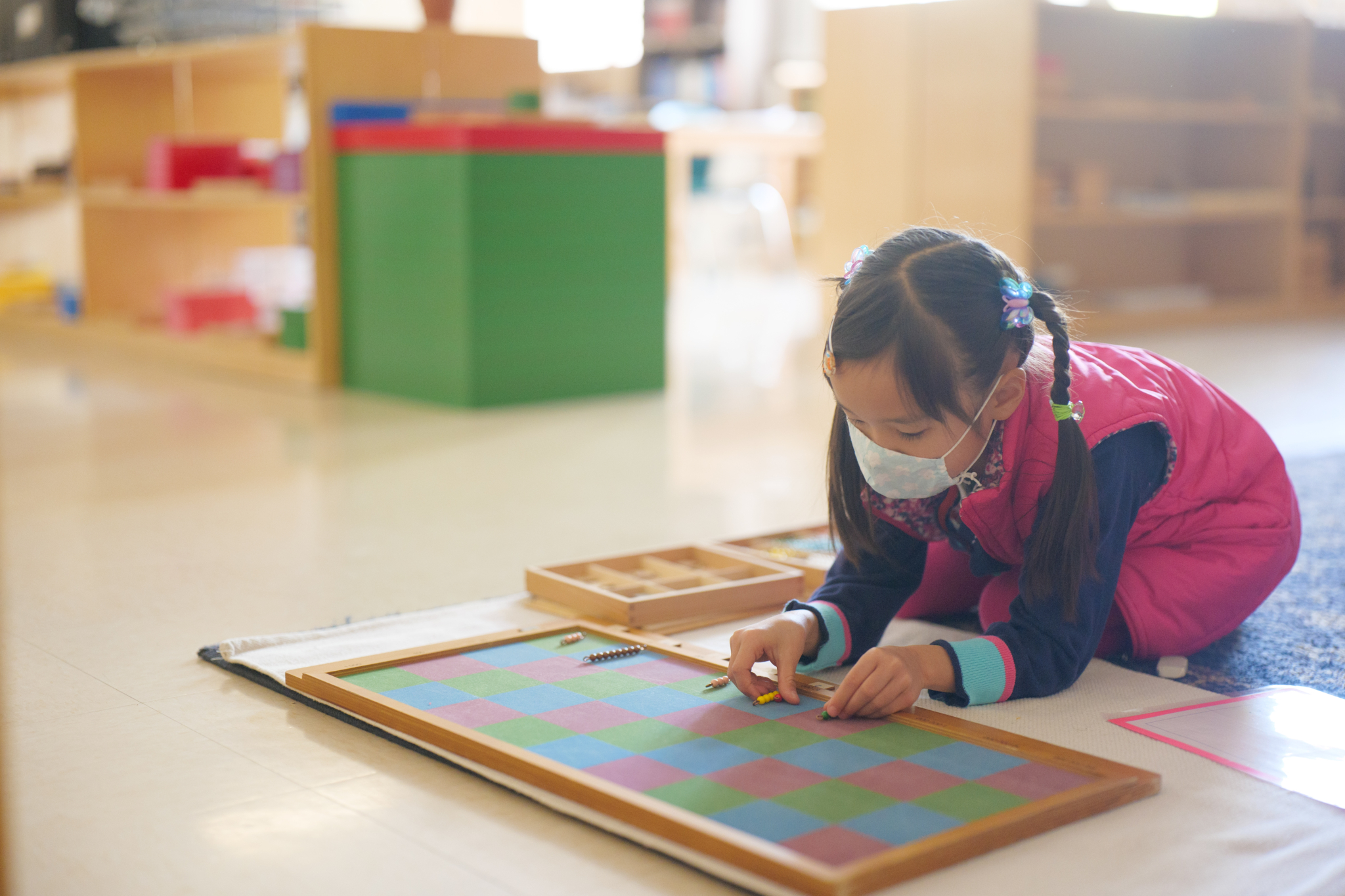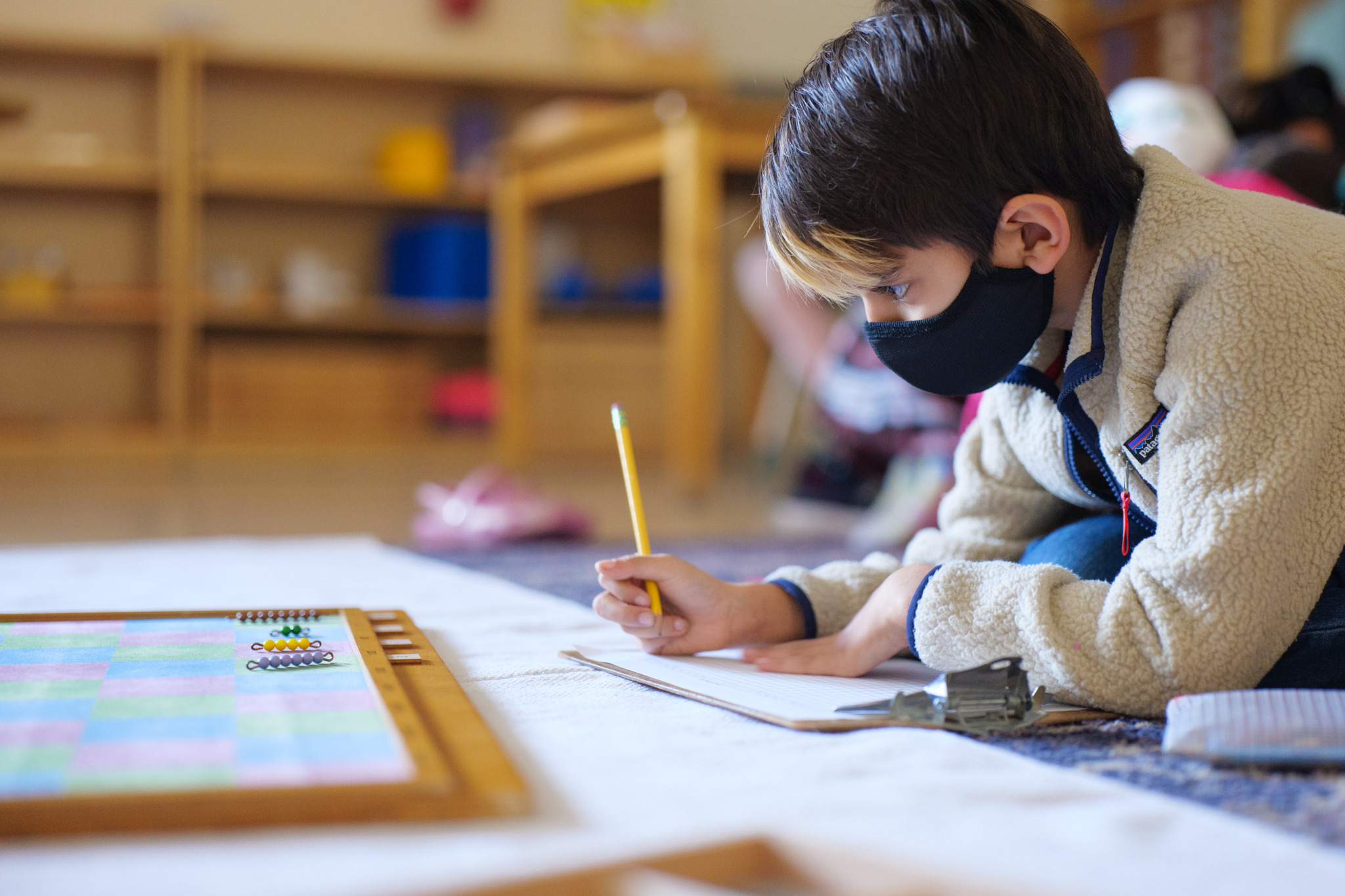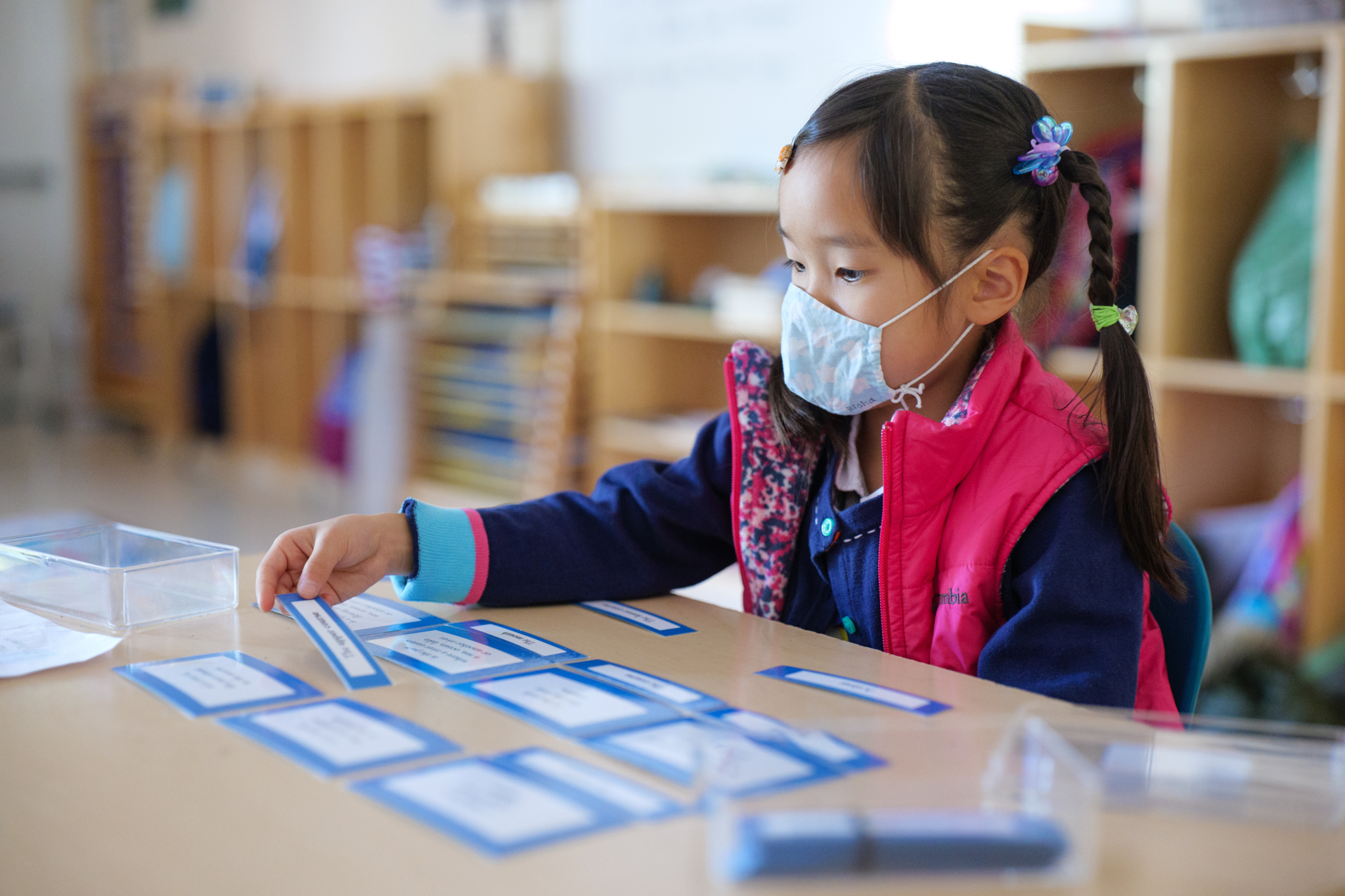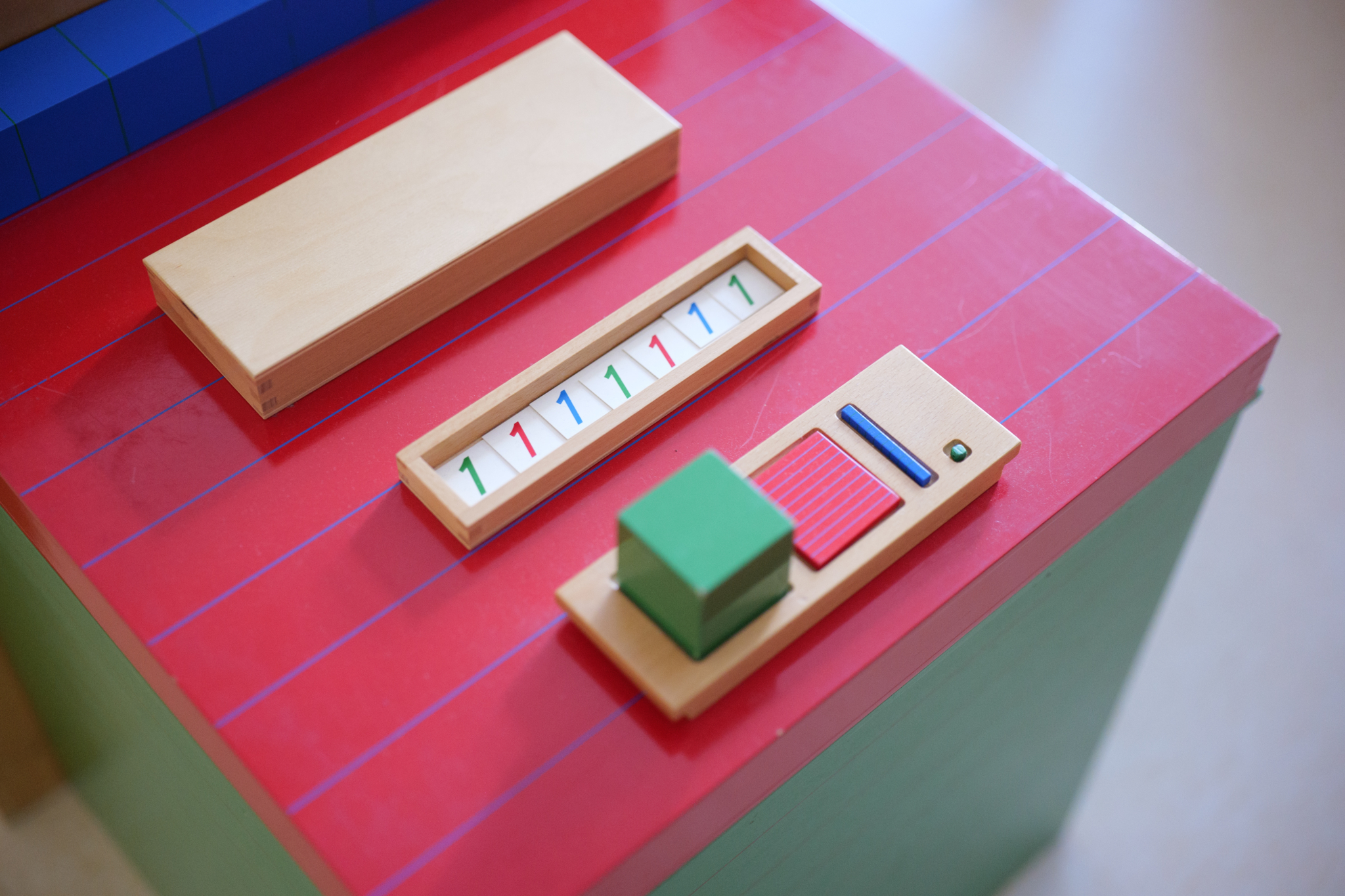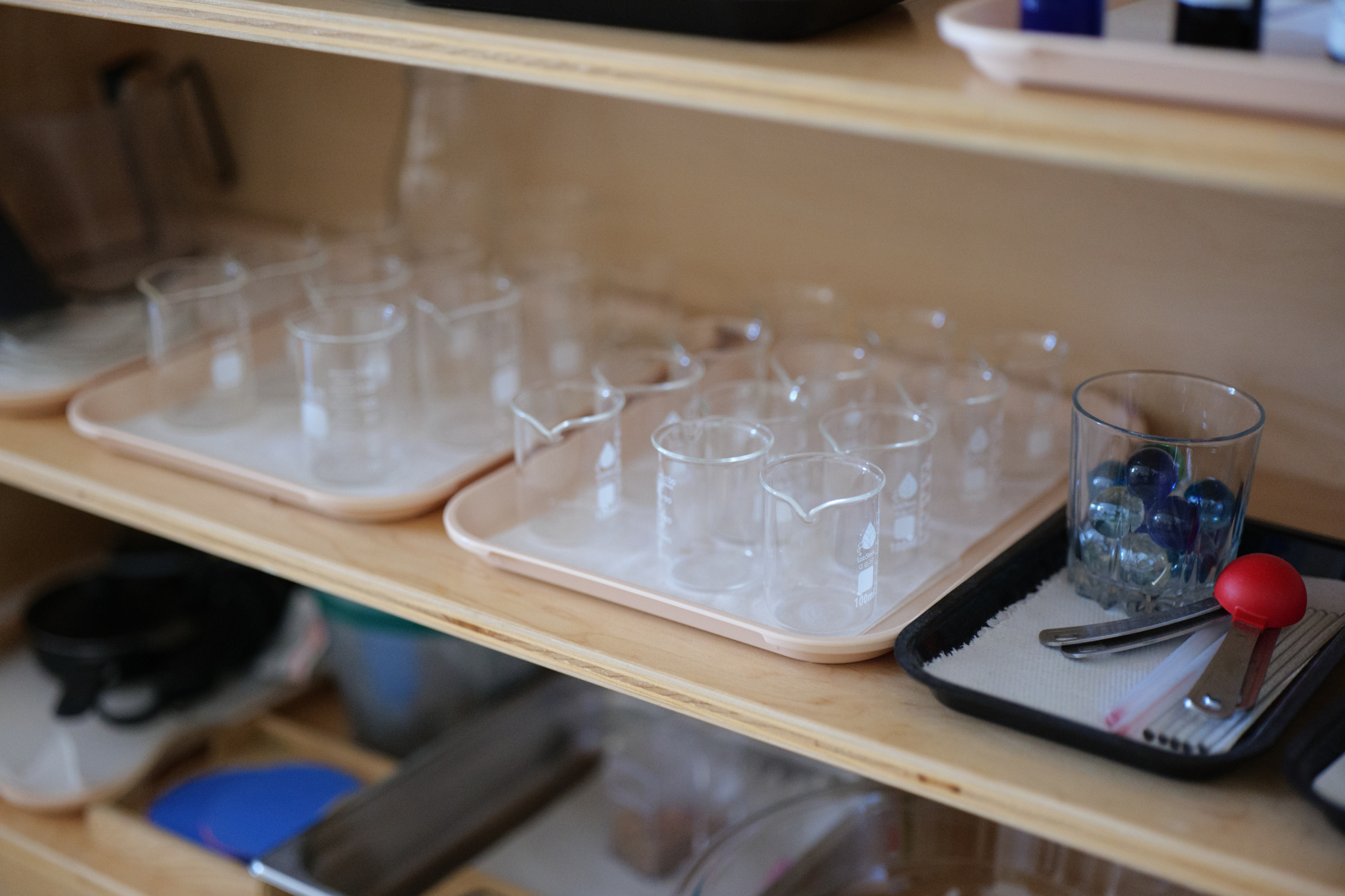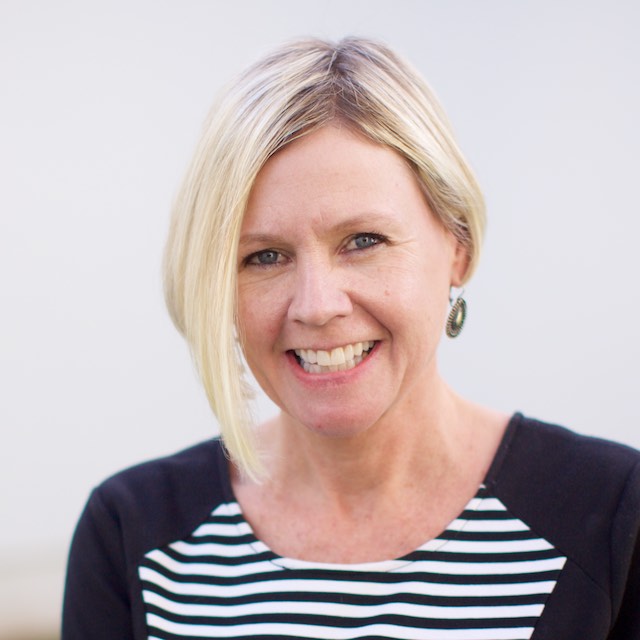I have been working in Montessori schools for more than 30 years. Each year, in the fall, I engage in conversations with parents about the fact that a Montessori education does not stop after Primary or the Kindergarten year. “Education for Life” was used regularly in Maria Montessori’s writings and teachings about school. Specifically, her wise words were “if education is a protection to life, you will realize that it is necessary that education accompany life during its whole course.” Montessori Elementary is the natural progression to continue this love of learning.
Dr. Montessori was an engineer and a physician. She had a deep understanding of human development and it was this understanding, along with her observations of children, that informed her educational philosophy. While children in the first plane of development, between the ages of 0 and 6 are engaging in self-construction, children between the ages of 6 and 12 are social beings who have reasoning minds, powerful imaginations, incredible stamina and strength and a deep sensitivity to morality and justice. They also have a deep need to understand the timeline of life and what humans have done to contribute to life as we know it. A Montessori Elementary curriculum and educational program are designed to align with these needs and tendencies so that students will love learning, and begin to take accountability for their own education.
Each year begins, for six years, with the “great lessons.” There are five: the creation of the universe, the coming of life, the coming of humans, the coming of language, and the coming of math. Each of these lessons are taught through the art of storytelling and complete with charts, science experiments, and always an invitation for the students to leave the lesson with a research plan. Everything these students learn, for the rest of their lives, can be referenced back to one of these stories.

